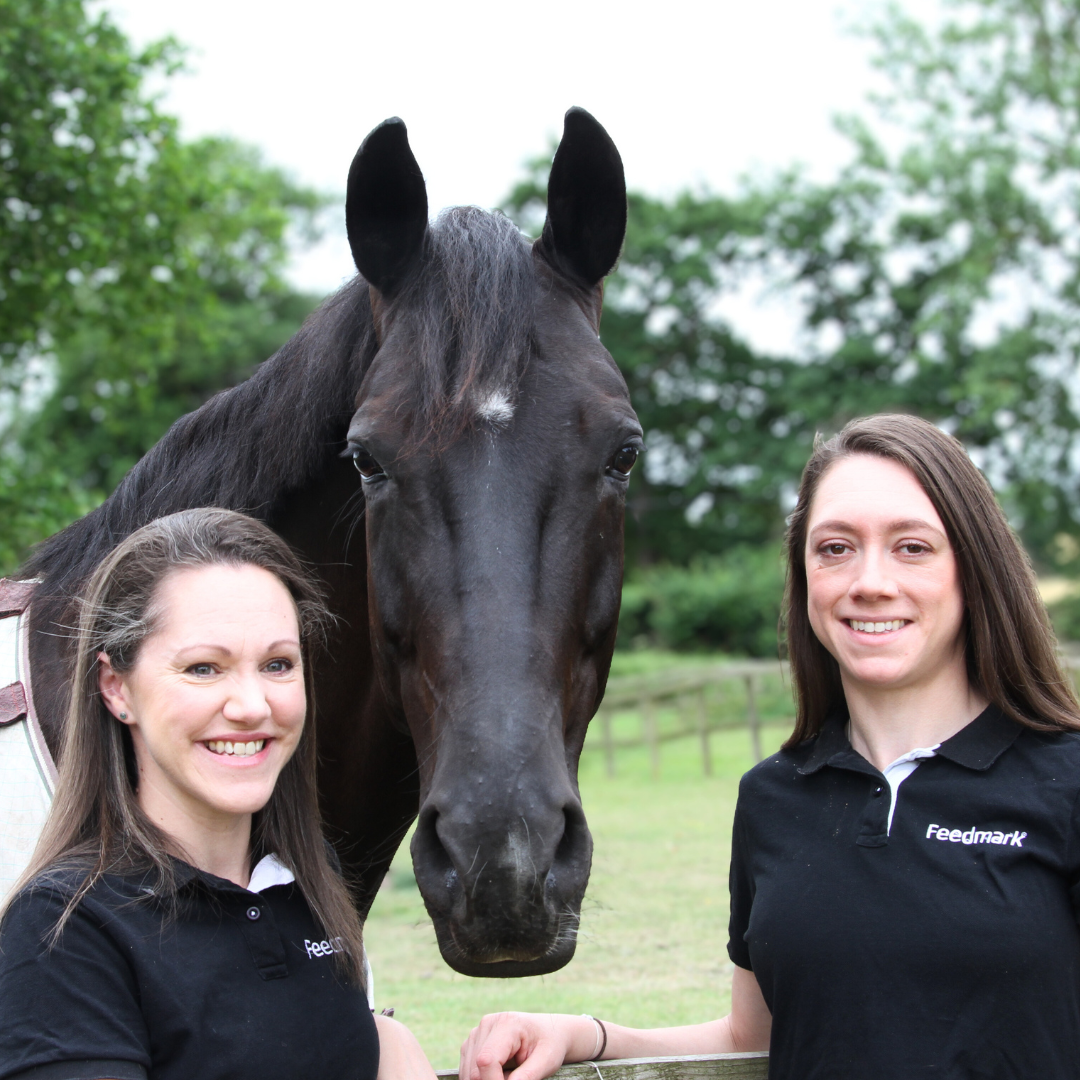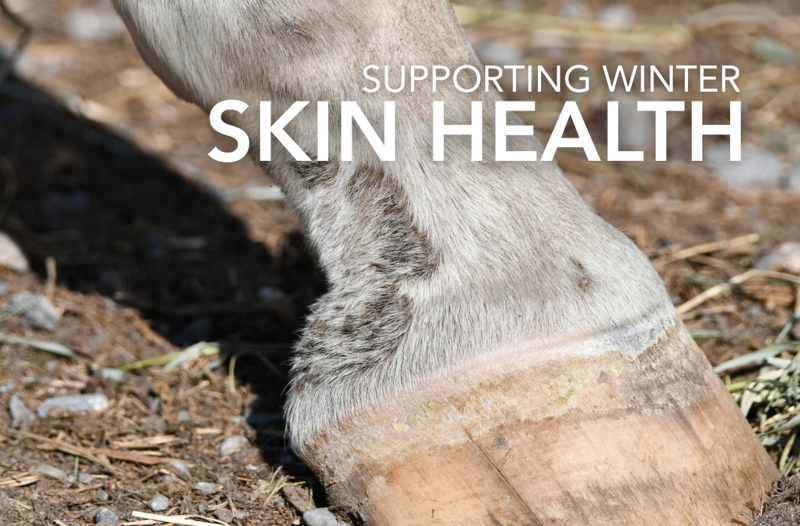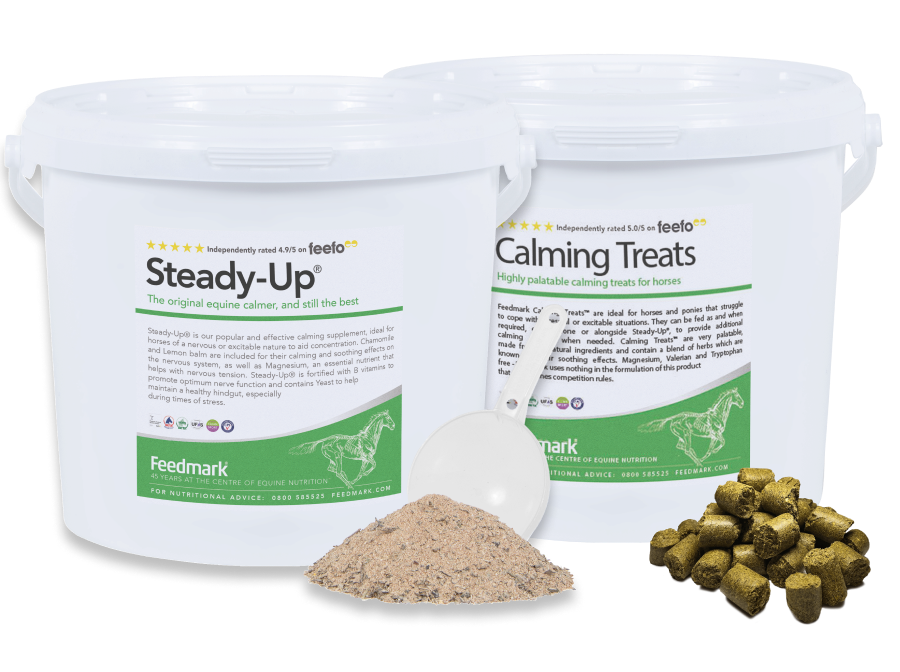Winter is looming, with all the cold, wet, mud and constant dilemmas about which rug to put on. The extra complications of caring for horses in winter, especially if you know your horse can struggle with issues such as mud fever and rain scald, can certainly feel overwhelming but being prepared can help side-step issues before they arise and help reduce some of the worry associated with keeping horses during winter.
Both rain scald and mud fever are conditions caused by the bacteria Dermatophilus congolensis, Staphylococcus spp., and Pseudomonas aeruginosa as well as fungi such as Dermatophytes. Rain scald appears on the back and / or rump and can look like patches of hair loss, scabs and very dusty-looking hair.
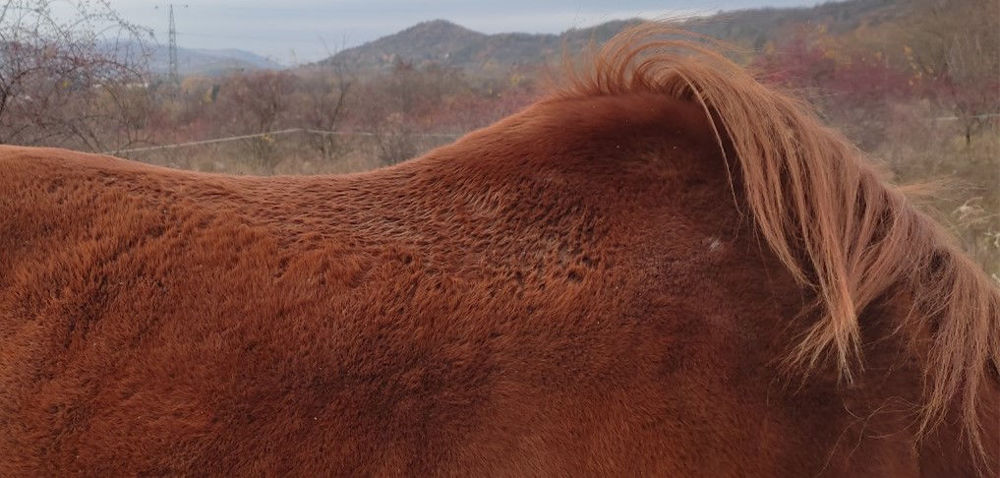
Mud fever affects the legs and often first appears at the back of the pasterns. It causes redness, scabbing, irritation and hair loss or tufts. Old crusts may stimulate development of further cracks and other skin trauma, eventually leading to heavy scab formation. Mud fever can be a debilitating condition for horses in work and those actively competing. Working in sandy schools or wearing boots may increase risk as well as discomfort and might not be appropriate until symptoms have resolved.
While the bacteria and fungi that cause both conditions are often present in soil and even on the skin of horses and ponies, they cannot cause an issue if the skin barrier remains healthy and intact. Exposure to wet conditions or open wounds such as scratches or insect bites, compromise the integrity of the skin barrier and can allow these causative micro-organisms to enter. Soil and sand particles in mud can be quite abrasive, so the combination of soft, damp skin and abrasive mud particles can easily result in micro-scratches that allow bacteria to enter. While rain scald is traditionally associated with the infamous British rain, over-rugging can also result in horses remaining slightly sweaty and damp for long periods which, combined with the extra warmth they create, provide ideal conditions for the bacteria to proliferate.
Another factor involved in the development of both rain scald and mud fever is thought to be the balance of these unhelpful bacteria with the different species of protective bacteria that make up the skin microbiome. While the lesion causing bacteria are almost continuously present, factors such as sudden heavy downpours, over-rugging or inflammation because of micro-trauma to the skin may negatively impact this delicate balance. While the gut microbiome has been extensively studied in horses, there is relatively little research around the skin microbiome. However, it would stand to reason that the balance and quantities of beneficial bacteria on the skin vary between horses, as is the case with the gut microbiome. This individuality may go some way to explaining why some horses appear to be more susceptible to rain scald and mud fever than others.
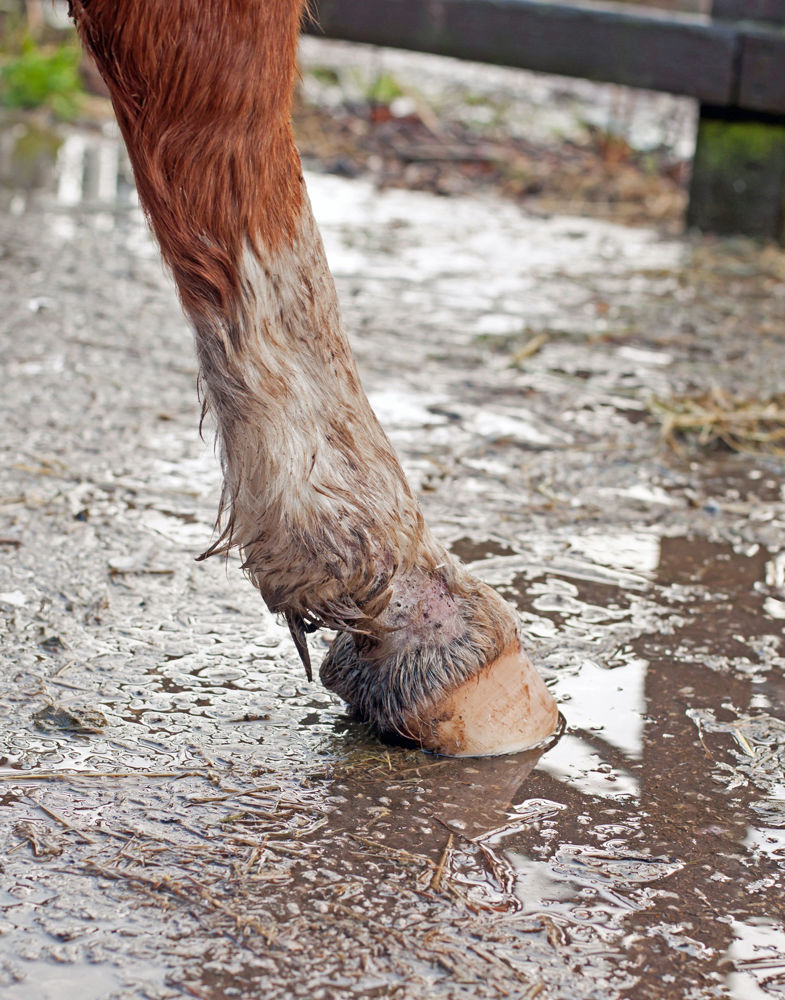
In any case, prevention is better than cure. With regards to mud fever, prolonged standing in areas where the mud reaches over the hoof and coronet band is considered sub-optimal. If you know your fields tend to get muddy, the following options may be helpful to reduce exposure to mud:
-
Rotate fields to avoid overuse.
-
Avoid over-horsing the field.
-
Block off muddy areas with electric fence.
-
Rubber mats or wood chip as an alternative footing in high traffic areas.
-
Moving gates, hay and other commonly used areas.
-
Stabling the horse overnight or alternatively, keeping the horse in if the weather is extremely wet and the fields are likely to get badly poached.
-
Placing the hay in several piles encourages horses to move around instead of eating in one place. This also mimics natural browsing behaviour and correct head and neck position - always make sure there are more hay piles than horses present in the field to avoid frustration and conflict amongst the herd.
While daily turnout is crucial for welfare reasons, limiting the skin's exposure to mud and moisture may be a greater, short-term concern, particularly for severe cases. Options include individual stabling or hard standing areas that still allow free movement and time outside with other horses. If stabled, the stable and the horse’s legs should always be kept clean and dry. To help keep your horse relaxed when stabled seek out enrichment options, stable toys and activities you can do to keep them occupied, along with providing enough forage to allow trickle feeding behaviour.
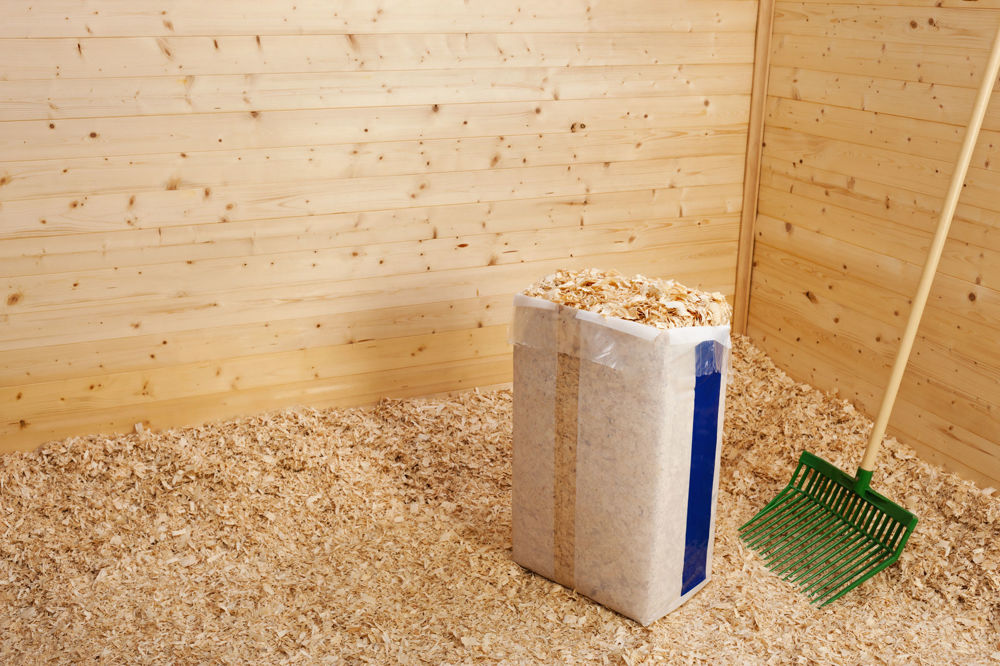
Pine shavings as bedding have been shown to discourage or slow down bacterial growth of equine disease-causing bacteria including Dermatophilus c., one of the bacteria responsible for mud fever and rain scald. Compared to other alternatives, such as straw, pine shavings showed the largest moisture-holding capacity of all bedding types tested, making it an appropriate choice for mud fever cases where moisture is to be avoided. The antimicrobial properties of pine could be associated with stilbenes, a polyphenol found in the wood of pinus species, making bedding choice a useful factor in managing mud fever.
Further measures to help prevent both mud fever and rain scald include:
-
Clipping long feathers to facilitate legs drying and avoid creating the warm, damp conditions next to the skin which encourage bacteria to thrive.
-
Provide a field shelter and / or appropriate rugs for the ambient temperature.
-
Limit chances of skin trauma – check legs thoroughly if schooled in a damp sandy arena with boots on. Use appropriate brushes for your horse’s coat and skin, for example, a stiff bristled brush on a clipped, sensitive horse can cause micro-trauma to the skin.
-
Avoid over-rugging.
-
Avoid frequent washing to prevent removing the natural protective oils
-
Ensuring a balanced diet to provide the right nutrients to maintain and support the skin barrier.
Summary
Mud fever and rain scald are multi-factorial conditions, both underpinned by a compromised skin barrier allowing certain types of bacteria and fungi to cause an infection. As well as causing discomfort, mud fever can result in lameness in severe cases while rain scald can necessitate a period of rest to avoid placing tack over affected areas and worsening the spread of the condition. Mindful preparation of fields, thinking about appropriate stable management practices and ensuring a good balanced diet can all play a role in supporting resilience to these conditions.

